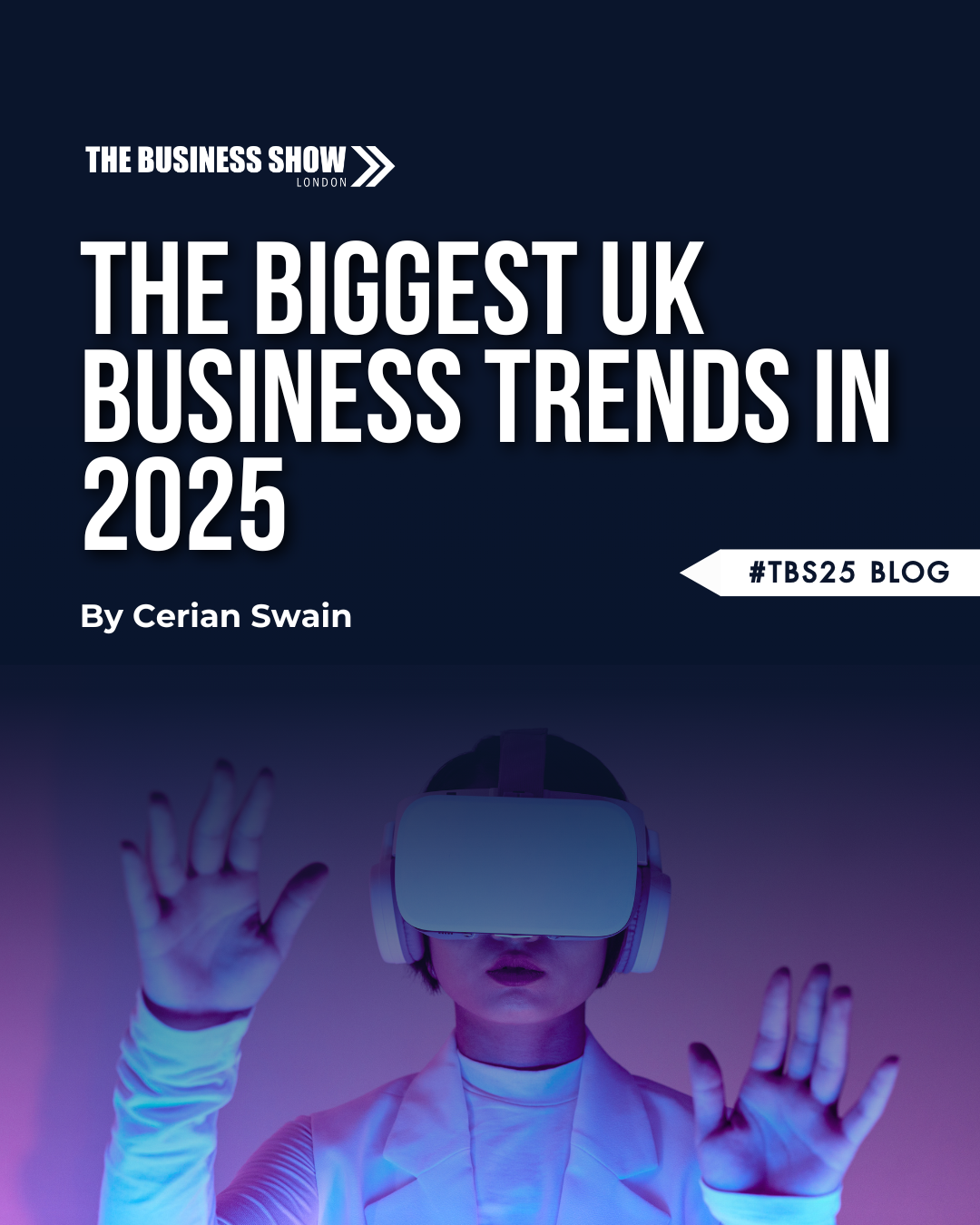Third Party Data Is Not Dead Because of Customer Data Platforms. Here’s Why
February 17, 2020Over the past few years, the industry buzz has been about the rise of Customer Data Platforms (CDPs) and how they’ve extended the value of first-party data, while third-party data took another bad rap.
In short, we aim to prove that while first-party data certainly has its benefits, relying on it alone will only get you so far.
Think about how often your data goes bad? Every month about 3% of customer data becomes obsolete due to changing conditions. Customers move, get married, change names, or pass away. Whatever the reason, this fact is why marketers are always in need of updated and accurate customer data.
Let’s go through the facts on why we need third-party data more than ever.
1) Fraud lives in first-party data
You may think that your own data is the cleanest, safest data you can have, but the truth is your first-party data will show its true colors.
Ask yourself how often an individual misrepresents their identity or gives you false information when filling out forms, or surveys when applying for that discount, free sample, or any other special offers. You receive that data from the consumer, but that doesn’t necessarily mean it’s correct.
Even when it comes to a simple email address, there are many ways for fraudulent data to end up in your email marketing lists such as:
Disposable Domains: These are temporary emails that WILL deliver to the inbox. An example can be a shared public email account with no passwords for different people to use for a multitude of reasons. These emails are used for marketing purposes and are a waste of resources if you send to them.
Bots: Programs designed to locate signup forms on the web and submit fake email addresses and other information. They are purely malicious and mess up your metrics, and they provide no real usable information. As such they are not only pointless to market to but can also be dangerous.
Moles: Are fake emails that report campaign stats to real-time blacklists.
Seeded Trackers: Are addresses used in marketing campaigns to track delivery rates. They are there for a simple reason of someone tracking your activity, so if you send to them, they won’t help your open or click-through rates, because they aren’t real.
2) You Need More Data
Automotive dealerships are receiving leads every day, but they aren’t exactly sure which leads are qualified or not when measuring with their own metrics. The good news is they do have a good understanding of the target audience, but when a lead comes in there are two potential outcomes, is the consumer browsing or are they a potential buyer?
Another industry that has obstacles with first-party data is the Consumer-Packaged Goods (CPG) Industry. If you’re familiar with the industry most CPGs don’t have the rights to the consumer data, the retailers do.
We live in a world where data is what is keeping personalized shopping experiences moving, and CPGs will need to find ways to stay on top of this issue and not get left behind. Ultimately, they need more consumer insights to move forward.
If these industries want to know their customers, they need to create a wider view of their customers and not just rely on their own data.
How do they do this?
Third-Party Data Wins Thanks to CDPs
CDPs’ appeal to marketers is their ability to collect and connect first-party data from multiple sources across the organization.
What they often lack is keeping your data up-to-date, and this is where certain CDPs and organizations considering a CDP purchase partner with third-party data providers to help clean and add additional insights to their customers’ data such as purchase history, demographics, interests and much more.
There isn’t anything bad about third-party data providers, the data simply is just someone else’s area of the customer picture. You’re always going to have those low-quality data providers who tarnish the industry reputation that you must watch out for.
Everyone wants to work with trusted, compliant data quality providers. We understand the fear, but you’re never going to run successful campaigns if you’re not working together to capture the full picture of your customers and prospects.
Third-party isn’t dying, it’s only getting better. We forecast there will be more CDPs and CDP customers in the future willing to work with third-party data providers to help enhance data.
See www.webbula.com to learn more.


